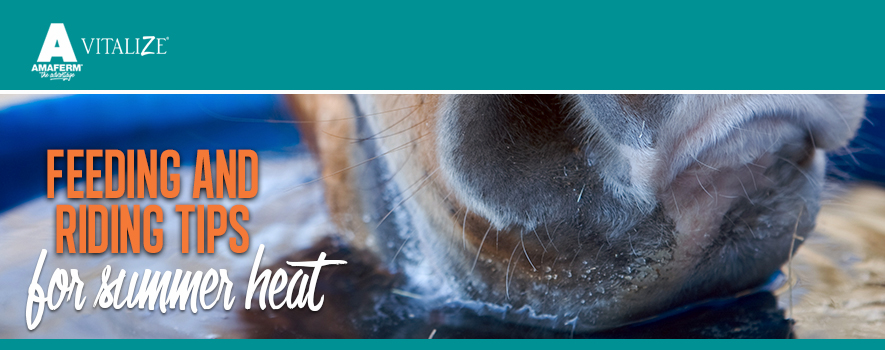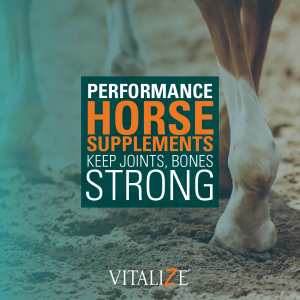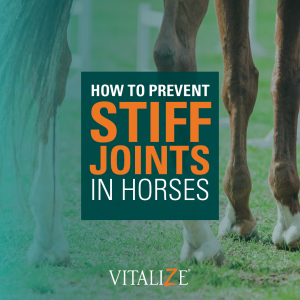
What comes to mind when you think of an animal that tolerates extreme heat well? Probably something like a lizard, snake, or scorpion. One reason these animals can live in very hot environments is because they have a large surface area to volume ratio, meaning that they have a large amount of body surface compared to their size. Horses, like many other mammals, have a small body surface area to volume ratio, which prevents them from dissipating heat well. In fact, a horse’s thermal neutral zone is defined at 68 degrees Fahrenheit, meaning that above this temperature the horse must begin to expend additional energy to cool itself.
When in excessive heat, the horse tries to cool itself down primarily by sweating. As the horse’s sweat evaporates, it cools down the body. However, sweating also depletes the body’s internal water and salt and can cause dehydration and deplete electrolytes. For these reasons it is important to provide the horse with plenty of fresh, clean water and consider an electrolyte supplement if the horse is sweating excessively or in heavy work.
During the hot summer months it is also important to consider your horse’s feed. Although it may at first seem contradictory, a high fat diet is best for horses in extreme heat. This is because fat is more easily digested and absorbed than any other nutrient and, thus, produces the least metabolic heat during digestion. You will also want to refrain from feeding too much protein. Feeding excess protein above the horse’s daily requirement results in the breakdown (or deamination) of the protein for energy production. Deamination produces more metabolic heat than regular digestion and further increases the horse’s heat burden.
It is generally recommended that you refrain from exercising a horse when the combined temperature and relative humidity is above 150. (i.e. if the temperature is 80 degrees Fahrenheit and the humidity is at 80%). However, sometimes this is unavoidable due to a show schedule, a summer heat wave, or another hindrance. If a horse must be worked in these conditions, it is essential to keep an eye on the horse’s respiration rate and sweating. Frequent breaks will help prevent the respiration rate from increasing too drastically. If possible, it is also helpful to work the horse in a shady area with good air flow. To cool down the horse afterward, spray or sponge cool water over the horse neck, barrel, and rump. Heat from the horse will be transferred to the water and begin to cool it off. Remember that it is mandatory to scrape excess water off the horse immediately, else the water will absorb heat from the horse and may actually act as insulation!
Lastly, if you find your horse is breathing hard for an extended period of time (more than 40 breaths per minute), has an increased heart rate (more than 60 beats per minute), or has an elevated body temperature (greater than 105 degrees Fahrenheit), it may be suffering from heat stroke. Heat stroke is a serious condition that requires veterinary treatment. Treatment often involves cooling the horse, giving intravenous fluids to combat dehydration, and restoring electrolytes.

